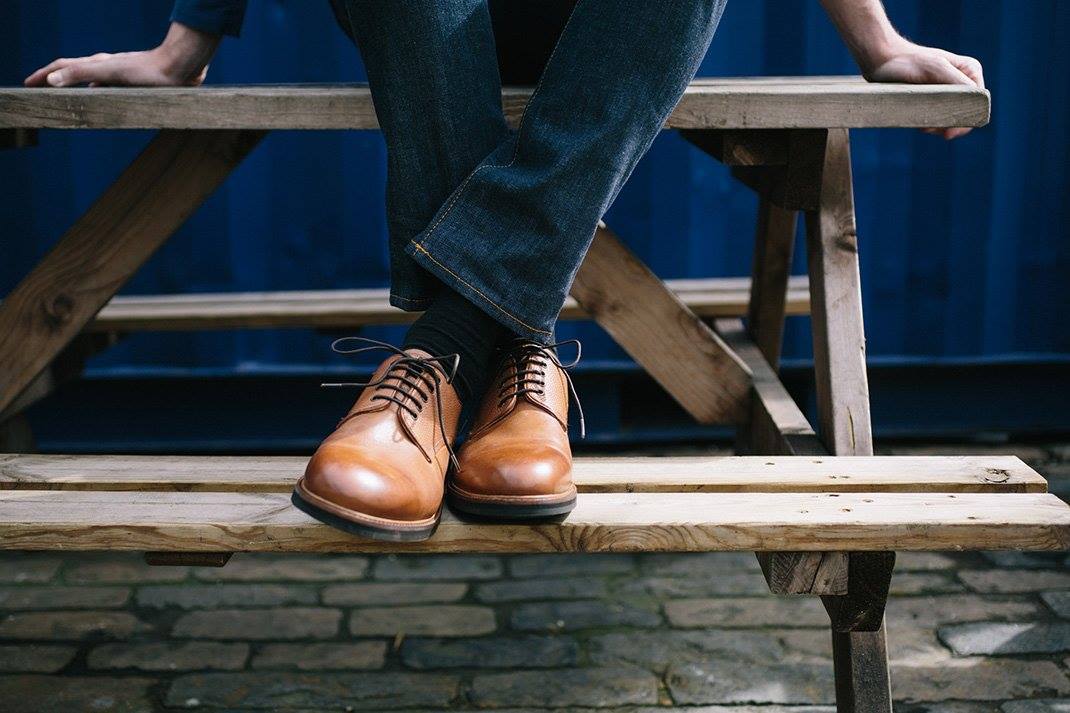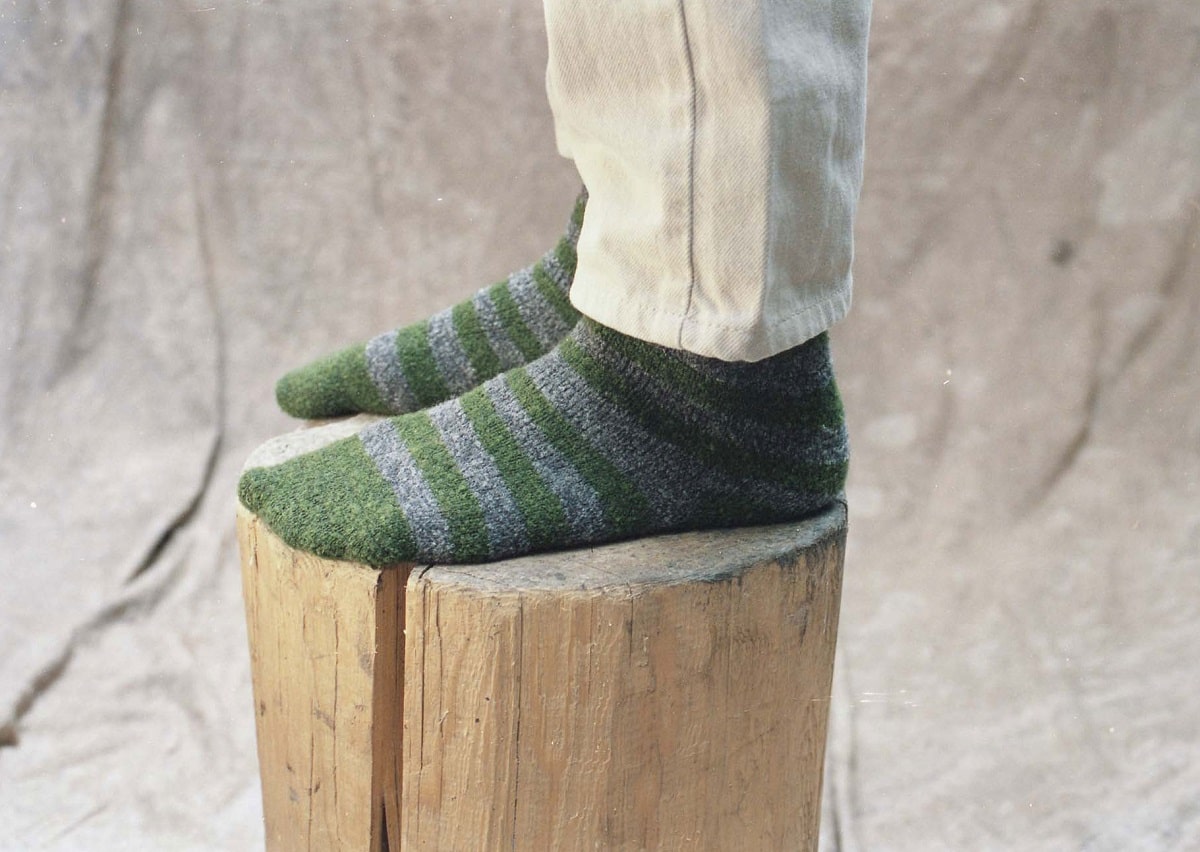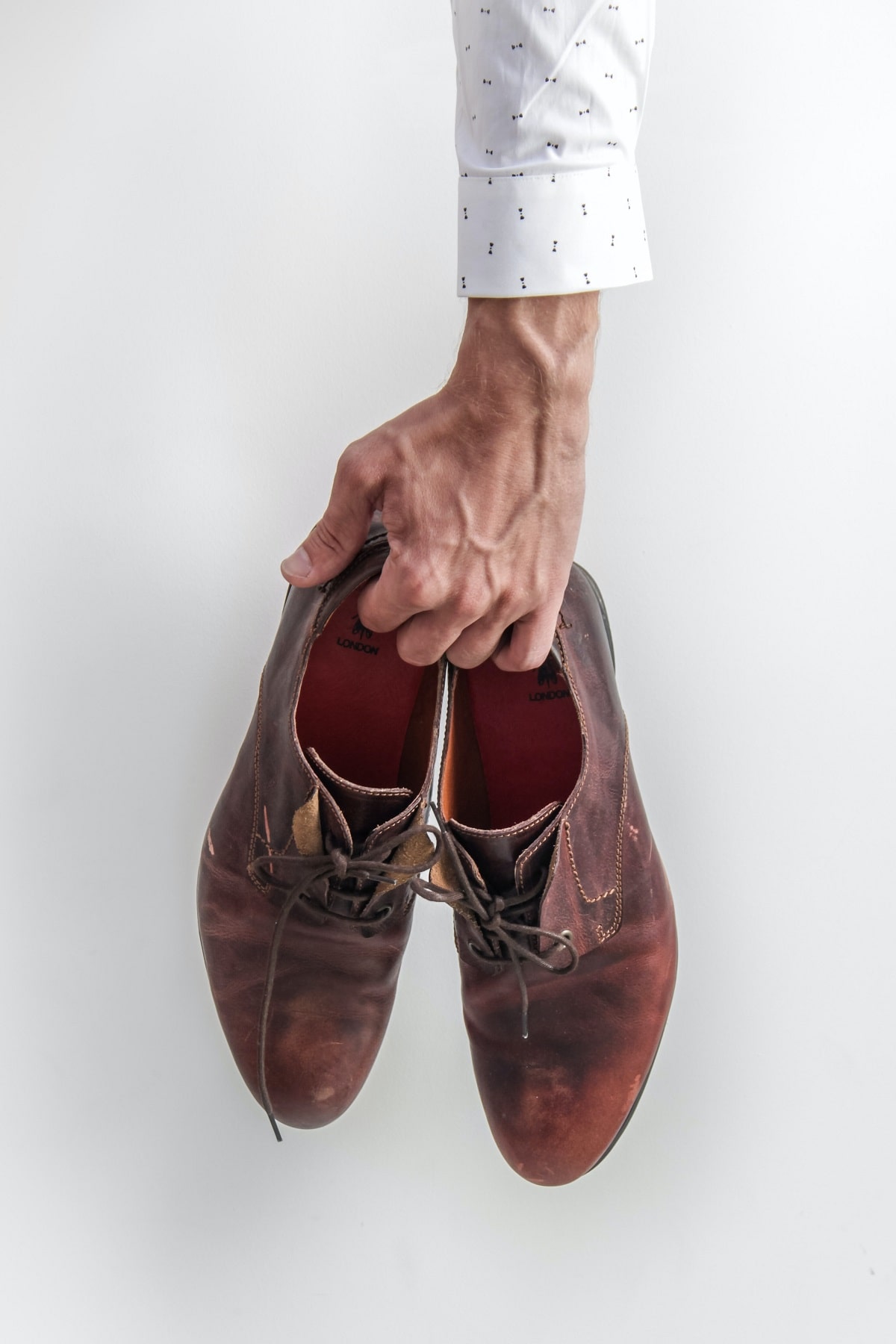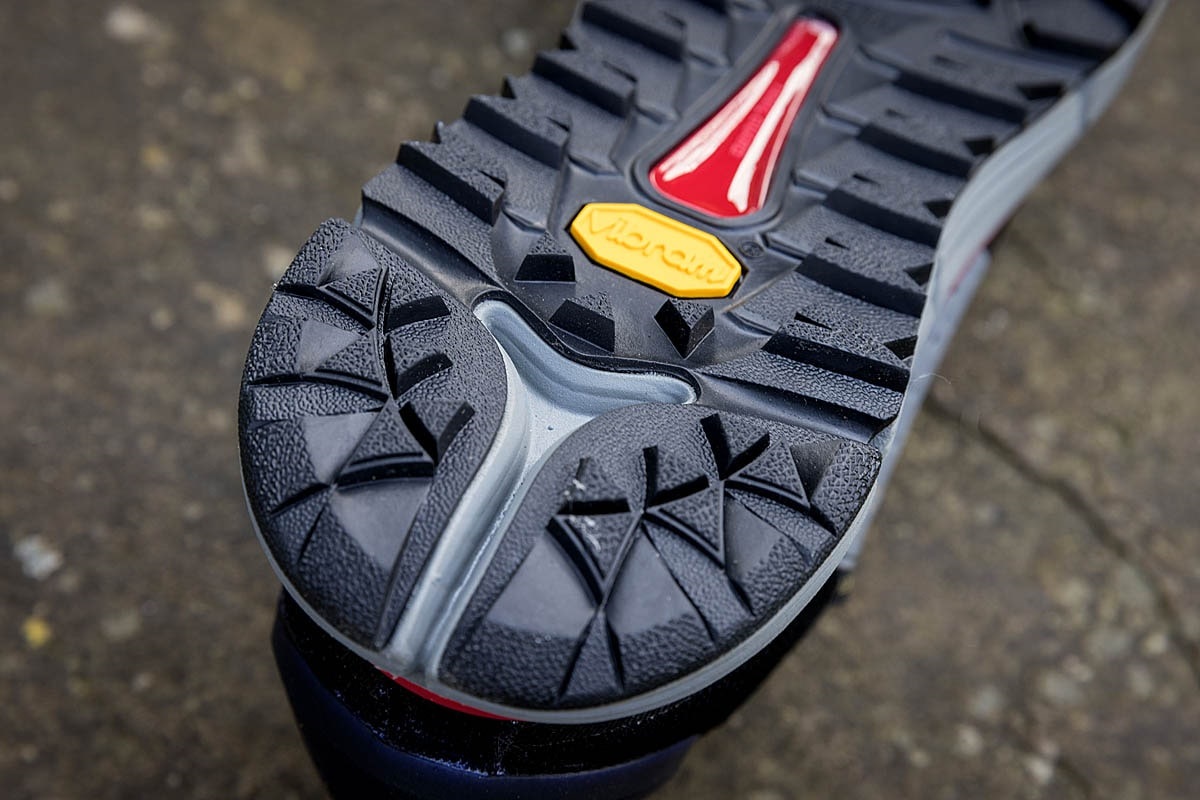1
HOME > Health & Fitness >
WHY OLD SHOES COULD BE DAMAGING YOUR HEALTH
Written by Christophe Champs in Health & Fitness on the 3rd January 2023

We all know that women have a reputation for being obsessed with buying shoes but, truth be told, most men also feel strongly about what they wear on their feet, whether it’s for work or play, going out or for sportswear. However, there is more to choosing shoes than simply their style and look. As your shoes age, they may be having an impact on your physical health. When walking in an out-of-shape pair of shoes you risk those shoes misleading your foot, putting your posture out of alignment and your gait out of balance. All this in turn can damage your body. Here are a few tips to help you spot bad manufacturing and, further down the line, dangerous wear and tear on your footwear.
Buying new shoes
Spend plenty of time checking shoes in-store. Look for these shoe defects at the point of purchase:
- Asymmetry around the heel counter (the support at the back of the heel of the shoe). This will negatively affect your alignment, balance, and posture.
- A sharp spur sticking out. This might simply hurt or, more seriously, harm you, potentially being a source of infection and leading to an antalgic gait (aka a limp).
-Excess of glue. Beside the aesthetic issue, this weakens the shoe and leads to uneven wear and tear, significantly reducing the lifetime of your shoes.
Wear and tear is unavoidable and should not worry you until the critical points detailed below are reached.

Heel has worn to a sloping edge on the outside
As we are meant to walk ‘slightly duck-toed’, i.e., with feet pointing outwards with a 7-to-12-degree angle (Fick angle), it is completely normal that the back of your shoes’ soles appear bevelled on the outside corner of the heel. However, make sure you resole them once the first layer of the heel is worn. If you leave it too long this can affect your knees, increase any existing pronation and impact your joints all the way up.
Tip: Wear more than one pair of shoes in rotation, to give the material some rest.
Shoes or heel counter out of shape
A foot that rolls inward as you move (overpronates) or supinates (rolls the other way) will show over time, on the shoe-heel, the toe box or on the whole shoe. This is unacceptable and a sign the shoes are damaging your body. Get rid of those shoes! Get rid of them even if you are having orthotics made, because a pair of orthotics placed in a pair of shoes which are out-of-shape and that mislead your foot will simply not work, will be uncomfortable and will wear out more quickly.
Tip: Use a wooden shoe tree
Holes in the mesh
This is acceptable as it won’t damage your body, but you must be okay with the look of it, not to mention the rain coming through.

A part of the shoe is missing
This may be part of your laces or part of your shoe’s heel. Either way, it is not acceptable, but a simple visit to your local cobbler can usually replace the missing part.
A smooth tread (the part of the shoes that contacts the ground)
This is unacceptable, quite simply because it increases your risk of slipping and falling on wet floors, mud, loose gravel, etc.
Dirty or soaking wet
Those won’t damage your body but, shoes are dirtier than a toilet seat. In 2020, a study led by researchers at the University of Arizona found nine different species of bacteria on the shoes of participants. Over the course of two weeks, researchers discovered 440,000 units of bacteria on a single pair of shoes. At any given time, millions of bacteria live in our shoes, along with fungi and moulds. Bacteria like E. coli are extremely common on the outside of the shoes. So, you simply need to clean your shoes, but avoid using a washing machine or tumble dryer as said shoes could shrink or bend at high temperatures or the glue could unstick with the amount of water used.
Tips: (1) Stuff your wet shoes with newspaper to adsorb the water, drying them naturally around a decent shape. (2) Store them in a dry place.
Shoes that have become rigid due to sticking mud
Cleaning your shoes after a muddy trail or hike is a bit like cleaning your barbecue immediately after use - easier to do and you’ll keep both for longer. The materials used to make the upper of your shoes are supposed to give so that your feet feel comfortable and so the shoes can adapt to your foot shape and flex. The alternative is them becoming a source of inflammation, corns and / or blisters for the skin on your feet.

Wearing worn-out shoes is dangerous for your foot, ankle, knee, hip, back and neck health. The list of signs in this article is not exhaustive but sum up what we see the most when dealing with foot health, posture and biomechanics at clinics like PODO. So, be very aware of the state of your footwear and get rid of any pair that you associate with any form of body pain. If you have any concerns, consult a biomechanics professional.
Christophe Champs is a consultant in Podiatry and Biomechanics, and the founder of PODO Clinic and Workshop. Christophe works with clients to help correct postural and biomechanical issues that are causing pain or putting a client at risk of injury. By testing both the moving gait and the still posture Christophe can correct misalignment and asymmetry through creating custom-made orthotics to suit the exact needs of each individual client.
Trending
2
3
4
5
6
7
8
9
10









